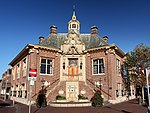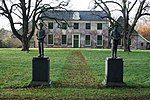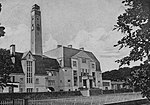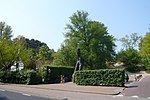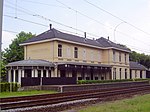1959 UCI Road World Championships
The 1959 UCI Road World Championships was the 32nd edition of the UCI Road World Championships. It took place on Sunday 16 August 1959 in Zandvoort, Netherlands. However, the women's competition did not take place in Zandvoort, but in Rotheux-Rimière, Belgium, south of Liège. The race was held two weeks before the men's race, on a four-kilometer lap that was completed 18 times. Belgian Yvonne Reynders won the second edition of the women's race over 72 kilometers in one hour and 53 minutes. German Gustav-Adolf Schur succeeded hiself as amateur world champion. Frenchman André Darrigade became the winner of the professional road race after cycling more than 292 kilometers. In the same period, the 1959 UCI Track Cycling World Championships was organized in the Olympic Stadium of Amsterdam, Netherlands.
Excerpt from the Wikipedia article 1959 UCI Road World Championships (License: CC BY-SA 3.0, Authors).1959 UCI Road World Championships
Frans Zwaanstraat, Zandvoort
Geographical coordinates (GPS) Address Nearby Places Show on map
Geographical coordinates (GPS)
| Latitude | Longitude |
|---|---|
| N 52.366666666667 ° | E 4.5333333333333 ° |
Address
Frans Zwaanstraat
2042 CD Zandvoort
North Holland, Netherlands
Open on Google Maps
